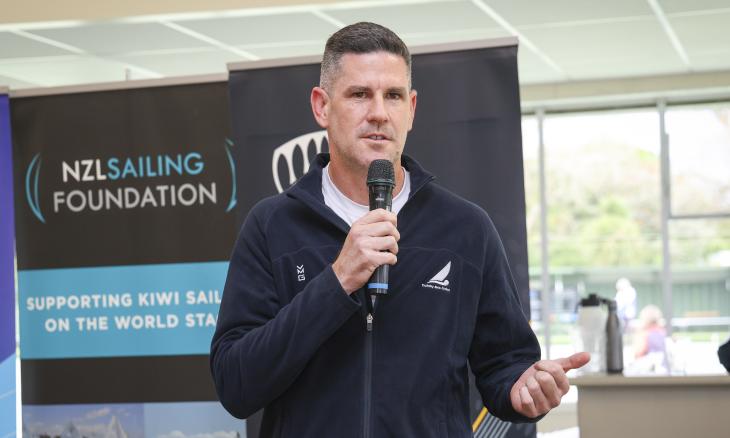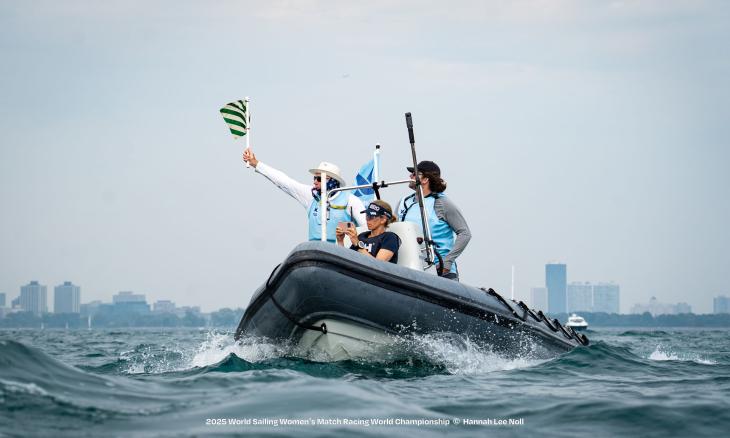For many sailors, winter finds us out on the water less, and gives us the opportunity to do some much needed maintenance. This shouldn’t be restricted to boat maintenance. It is also a good opportunity to clean and check wet weather gear and lifejackets too. Most of us will have seen the “Lifejackets for Life” advertising campaign, but may be a little unsure of the rules around lifejackets, or the maintenance they need.
New Zealand law states “You must carry a correctly sized, serviceable lifejacket (also known as a personal flotation device or PFD) for each person on board a pleasure boat in New Zealand. This is a legal requirement, and this rule applies to all boats, including tenders and larger craft.” There may also be additional regional bylaws. You can check out the full regulations here.
For people with a disability, the correct choice, fitting and maintenance is even more important. There is no one correct jacket, as both the type of sailing and the disability will have a bearing on the choice of lifejacket, but what is clear, is that going down to a pool and trying out a few options under controlled conditions will at least help narrow down the most suitable choices. It will also help the users to feel confident and be familiar with the operation of the equipment.
Richard Falk, Training Manager and Chief Examiner of the Royal Yachting Association (RYA) has written a great article entitled “What do you expect from your lifejacket?” which the RYA have kindly given me permission to reprint. I have attached it below, or you can read it as it appeared (with pictures) in their recent edition of Foghorn here, along with other interesting articles.
After choosing a suitable lifejacket, it is important to not only wear it correctly, but to look after it by following the manufactures instructions – not only to protect your investment, but your life as well! Inflatable life jackets in particular need to be serviced regularly, but all PDFs should all be checked, cleaned and stored appropriately.



